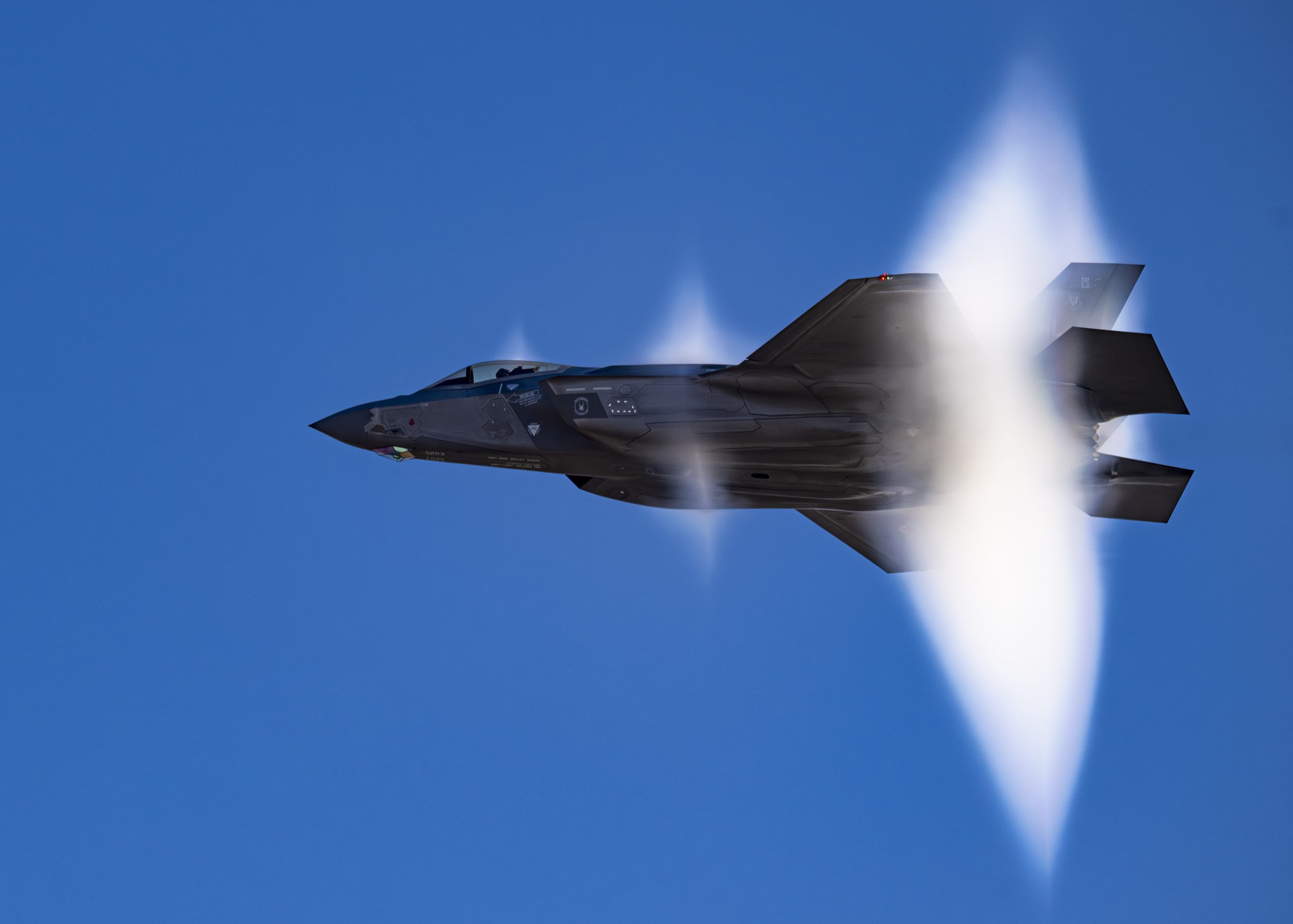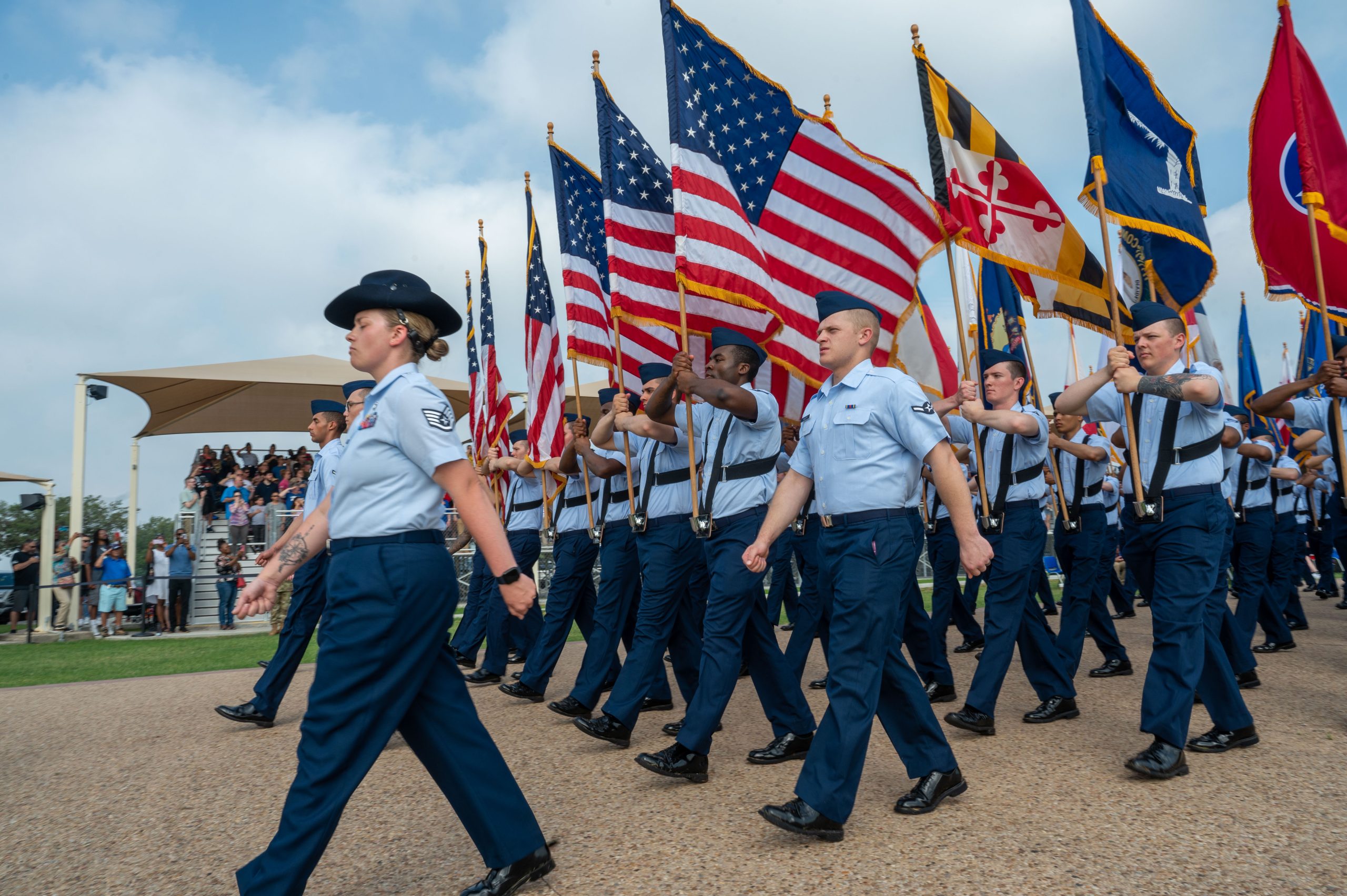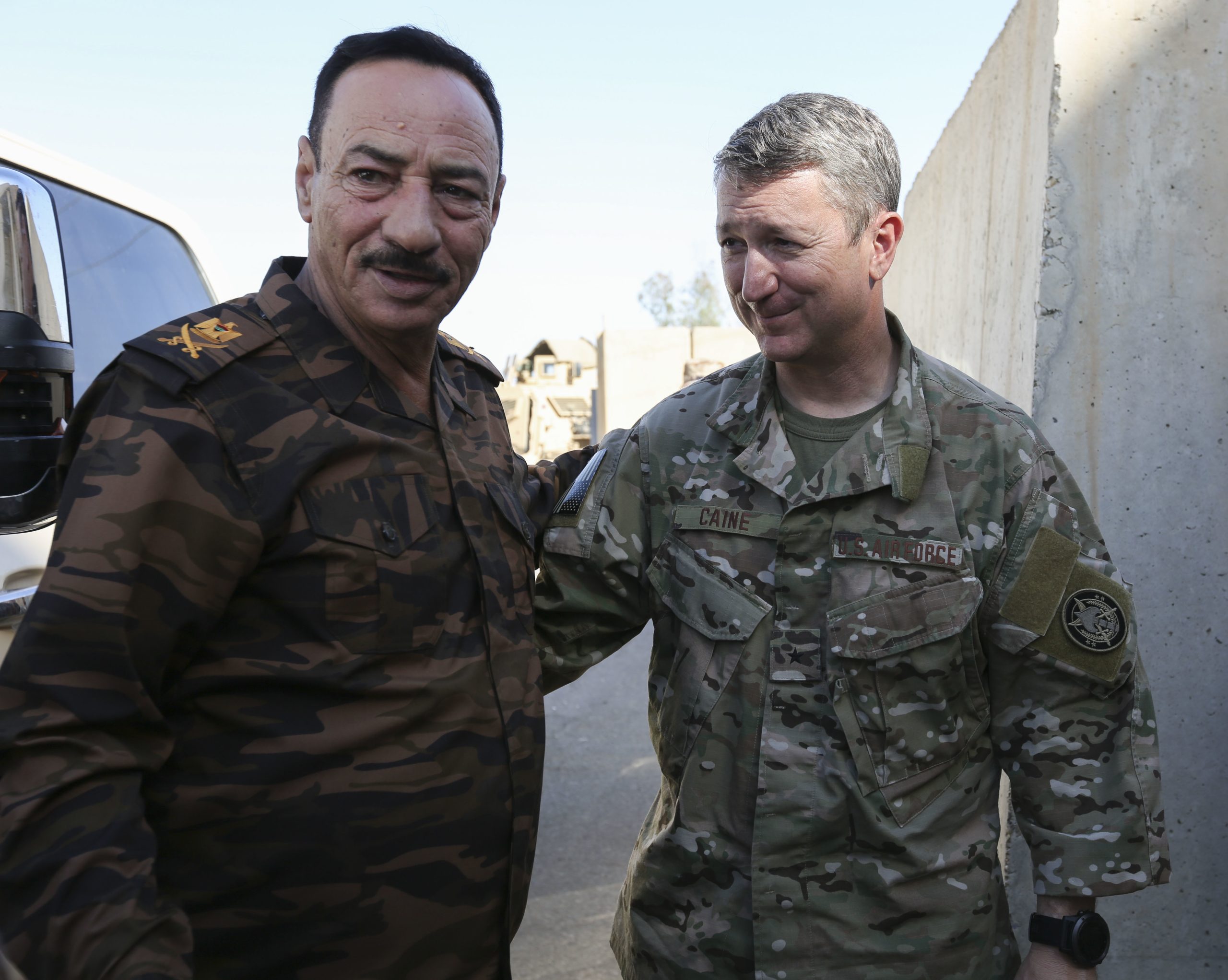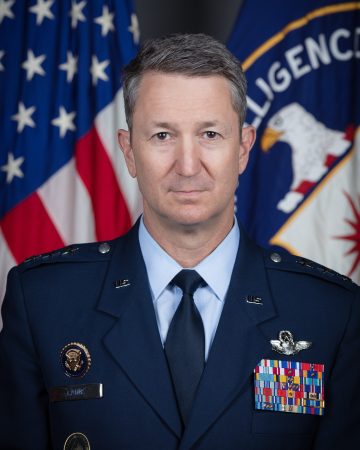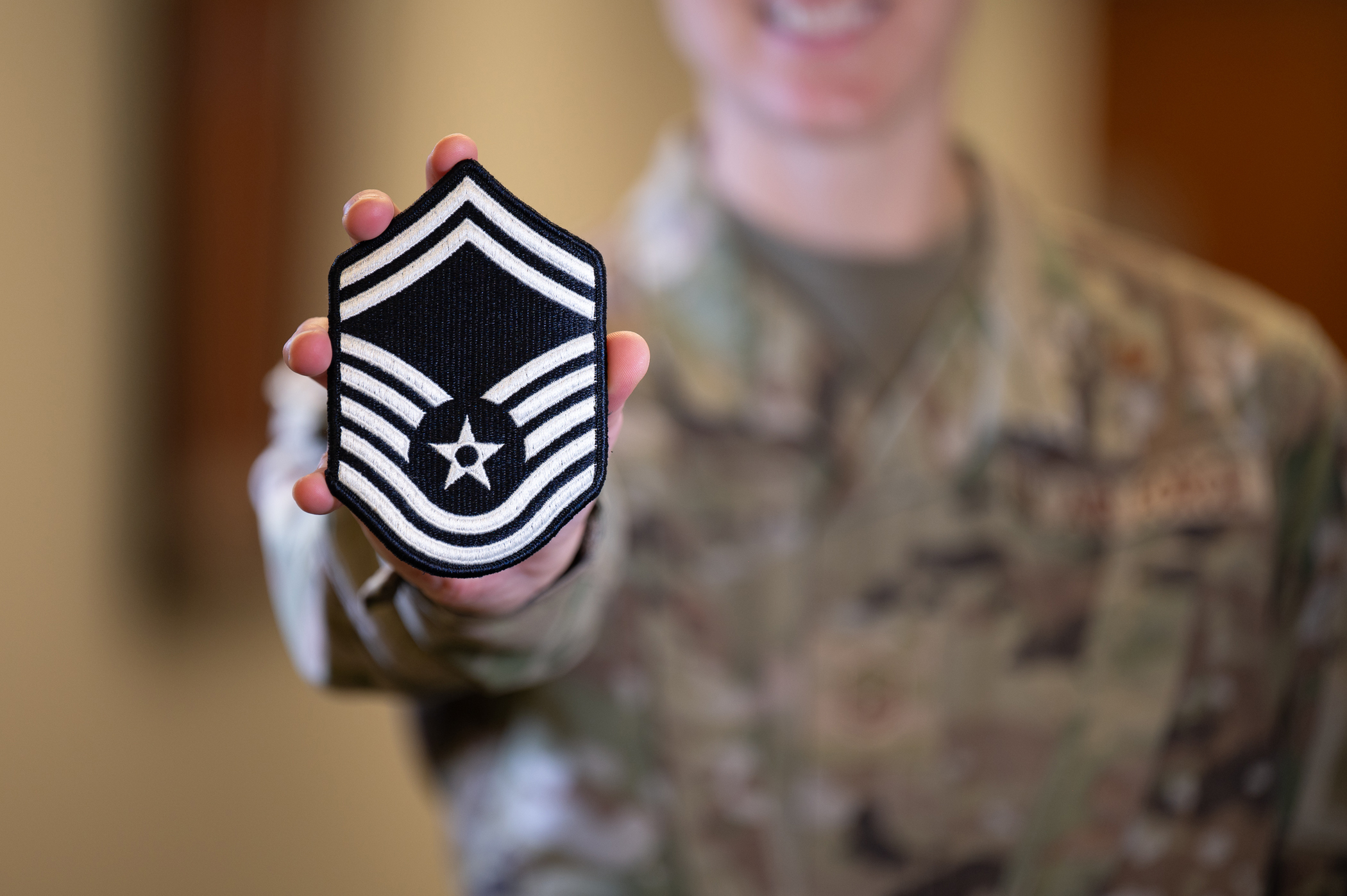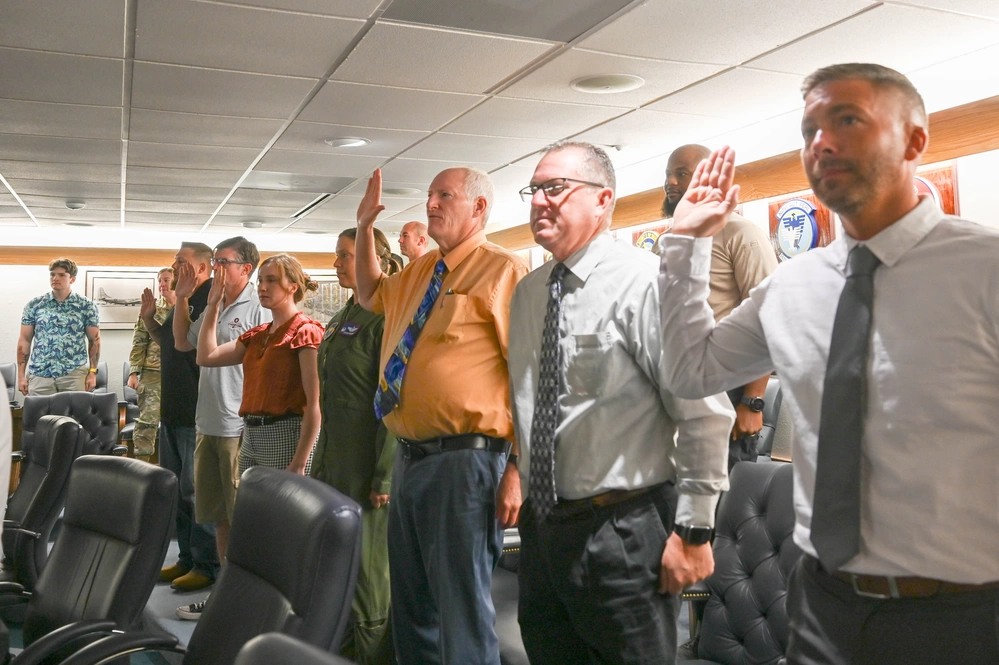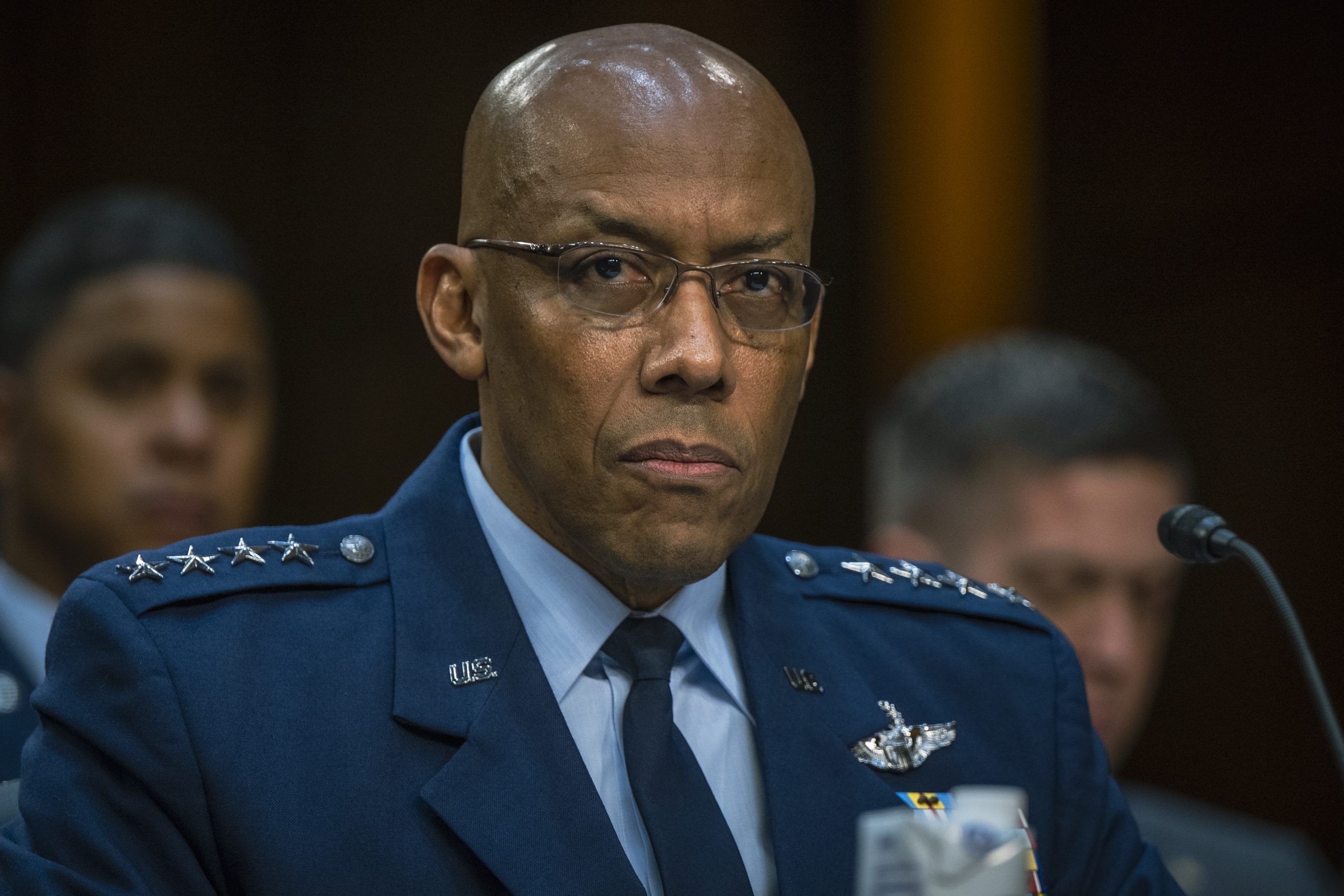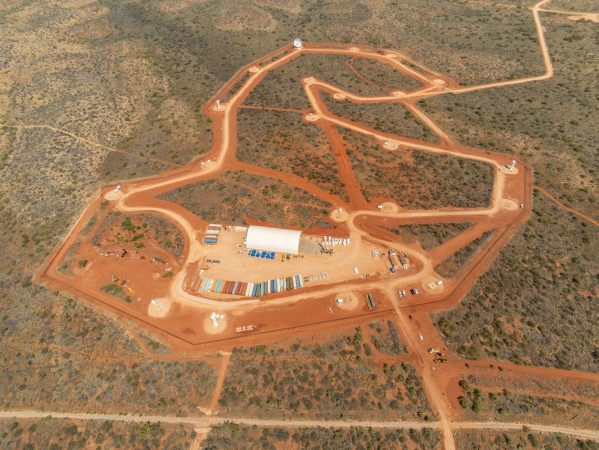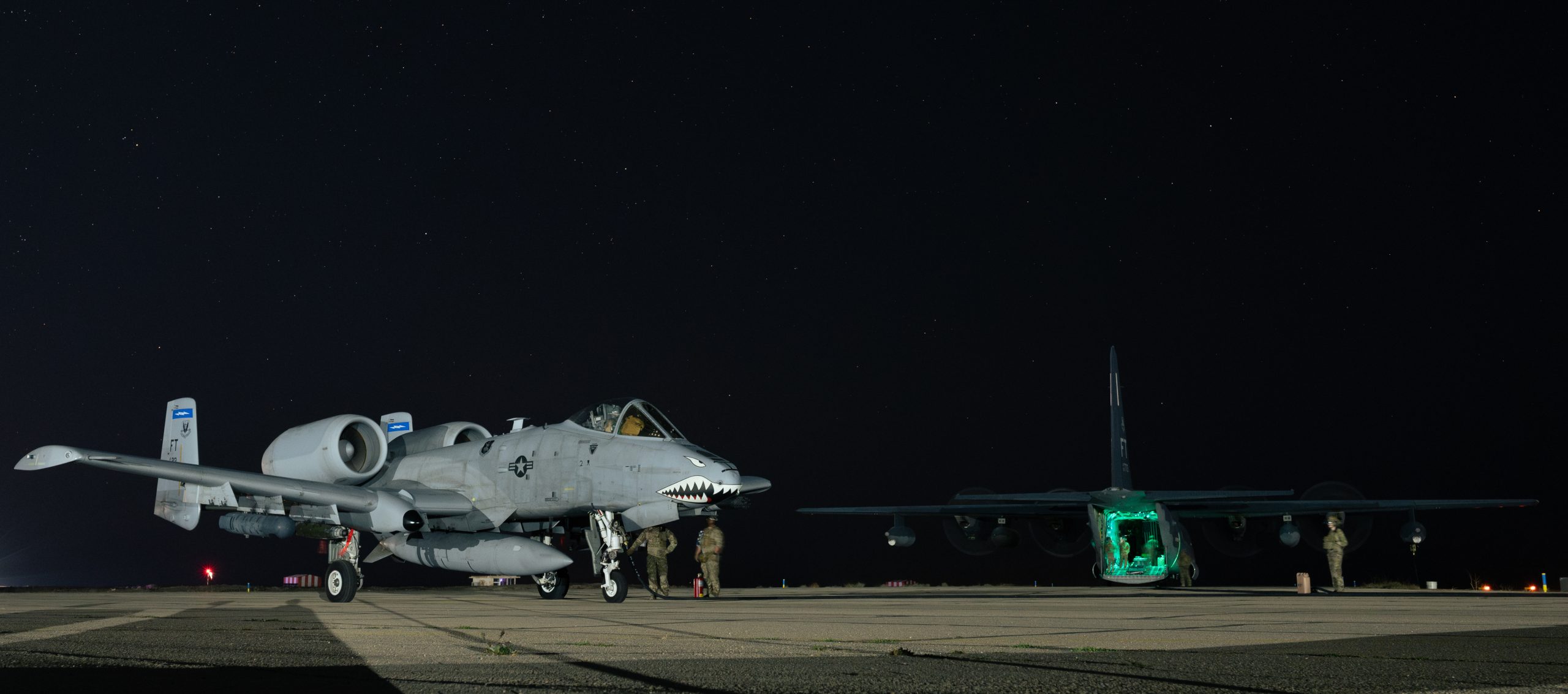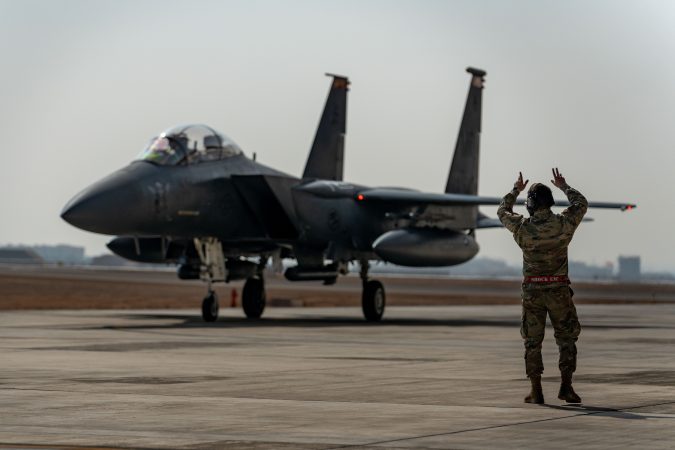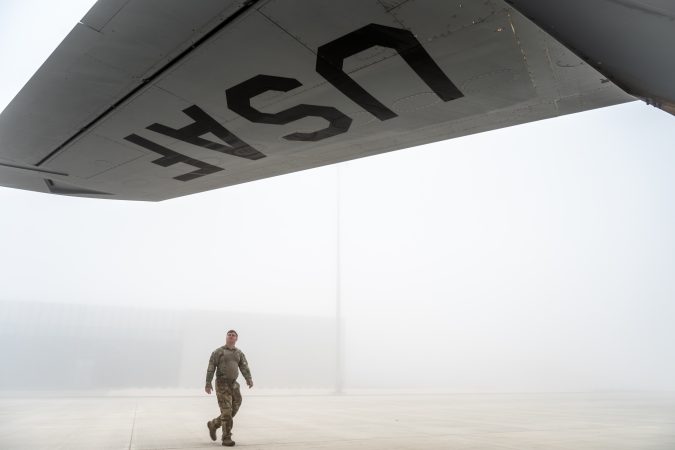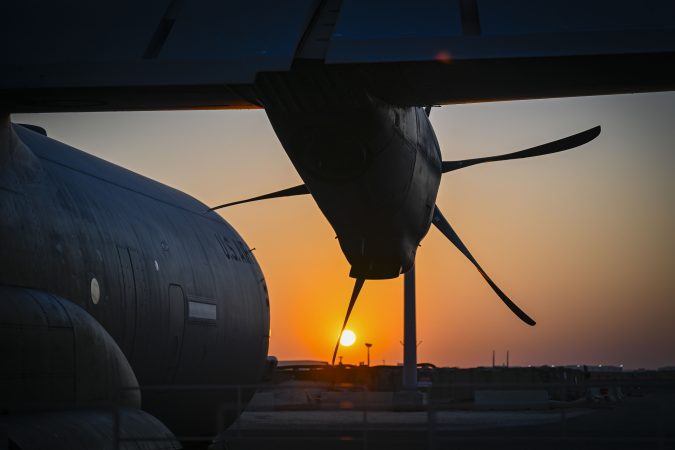The “first priority” for President Donald Trump defense team to deliver “peace through strength” should be a major cash infusion to revitalize the Air Force and ensure the Space Force can deliver for all the other military branches, according to a new report from AFA’s Mitchell Institute for Aerospace Studies.
The cost to deliver on that promise: $45 billion, according to retired Lt. Gen. David A. Deptula and retired Col. Mark A. Gunzinger, who co-authored the study. “We’re providing a recovery plan,” said Deptula, dean of the Mitchell Institute. “There are a lot of people out there saying, ‘Oh my gosh, we can’t do that. It’s too expensive.’ Well, the only thing more expensive than a first-rate Air Force is a second-rate Air Force.”
Or, as Gunzinger put it, “I’ll tell you something that’s going to be far more costly, and that’s losing a war with China, or God forbid, sometime in the future with Russia.”
Deptula and Gunzinger say those scenarios could be possible if the Air Force is allowed to continue its steady declines and the Space Force is not allowed to grow as is needed to deter war in the future.
New Defense Secretary Pete Hegseth has expressed interest in making major shifts in resources, and new leaders in the Pentagon—and in Congress—have urged investing tens of billions of dollars to enhance U.S. military readiness. The report aims to inform those discussions with insight, illustrations, and recommended solutions.
“President Trump has stated that he wants to have ‘Peace through strength,’” said the Mitchell Institute’s Heather Penney, a former F-16 pilot. “These investments are essential to ensuring that our military as a whole—across all the services—is the strongest, most lethal Department of Defense that we’ve had in the last 30 years.”
Penney said the Air Force has been “coasting off a force structure with that was purchased in the 1980s,” and that today’s force, the smallest and oldest in history, now needs a major refresh, with new technology, new equipment, and more investment in day to day readiness. Those comments echo those of Air Force Chief of Staff Gen. David W. Allvin, who wrote last month that “America needs more Air Force.”
The Space Force’s challenges are different, and not well understood by a public that still isn’t fully cognizant that it has a military branch focused on space. Indeed, Chief of Space Operations Gen. B. Chance Saltzman said in December that the Space Force may need an “advocacy blitz to increase our budget to field timely counter-space capabilities.”
The Mitchell Institute is granular in its detail, laying out detailed recommendations that amount to $43 billion to $47 billion annually in additional spending:
- $3-4 billion per year to fully fund the Next-Generation Air Dominance manned fighter
- $3.7 billion per year to buy an extra 32 F-35A fighters, bringing the yearly buy to 74 as quickly as possible
- $3 billion per year to buy an extra 24 F-15EX fighters, increasing the fleet size to 225 aircraft
- $5.2 billion per year to buy 10 extra B-21 bombers, plus $4-5 billion to set up a second B-21 production line and supply chain
- $5-8 billion over the next five years to fund the new Sentinel intercontinental ballistic missile, though that funding should be put in a separate “National Nuclear Deterrent Fund”
- $4.95 billion per year to ensure combat fighter pilots can fly 200 hours per year
- $11.15 billion per year to fully fund the Weapons System Sustainment account to support those flying hours
- $1 billion, ramping up to $2 billion, to increase munitions production
- $1 billion for air base air and missile defense
- $5.12 billion per year from 2028-2032 to fund at least 26 new E-7 Wedgetail aircraft for Airborne Early Warning and Control
- $300 million per year in research and development for a new Next-Generation Air Refueling System tanker.
The Space Force needs sustained annual growth, increasing at a proposed rate of 15-18 percent initially, and then tapering to 10-13 percent in ensuing years. By 2030, the service’s budget should be $60 billion, or about double its current size, the report says, recommending:
- Raising from $1.5 billion to $5 billion a year USSF investment in advanced space control and counter-space systems
- Ramping up from $750 million to $3 billion a year spending on space domain awareness and battle management
- Tripling from $1 billion to $3 billion a year investment in space access and launch
- Adding $1 billion per year to add military manpower
- Initiatating a $250 million-per-year investment into developing capabilities to support operations in the cislunar region
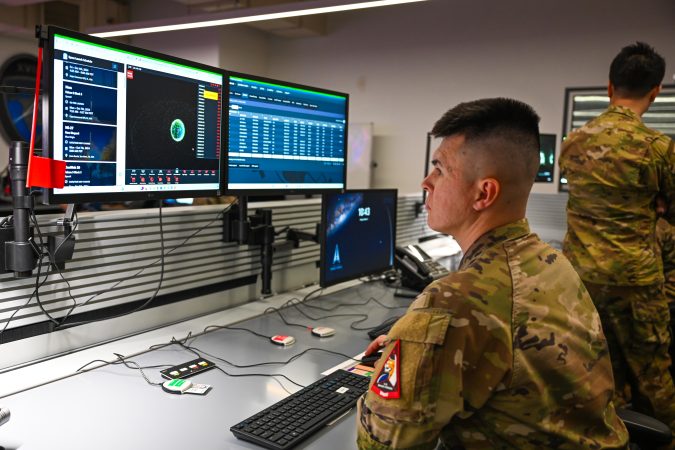
Deptula and Gunzinger encouraged new Pentagon leaders, along with Elon Musk’s Department of Government Efficiency, to disrupt conventional military thinking by applying “cost-per-effect” analysis across the services to compare the relative value of investments. This approach shifts the focus from the cost to develop a weapon system, as is traditionally done, to instead consider the cost of accomplish a given mission, such as long-range strike. For example, developing and acquiring a number of long-range missile might cost less than developing and acquring a bomber aircraft in terms of acquisition costs. But when it comes to destroying target sets in a fight with an adversary, those single-use missiles might cost far more than a reusable bomber dropping less costly ordnance.
“Those kinds of cross-capability portfolio, cross-service analyses are not being done by the Department of Defense,” said Gunzinger, a former deputy undersecretary of defense. “Everything is stovepiped.”
The result is service by service direction, he said. “‘Air Force, you want to buy more fighters? What are you going to cut in your fighter force? You want to buy more bombers, what are you going to cut in your bomber force?’ We need to minimize risk across the department as a whole by doing those cross-cutting, cross-service, cross-domain, cost-per-effect analyses.”
The Pentagon’s Director of Cost Assessment and Program Evaluation (CAPE) is already well situated to perform that kind of analysis, Gunzinger said.
Since becoming Defense Secretary, Hegseth has already indicated an interest in realigning funding and changing priorities. In mid-February, he directed the military services and other defense organizations to identify some $50 billion in potential cuts that can be reoriented to Trump administration priorities. Some of those new priorities are clear, such as the “Iron Dome for America” missile defense initiative and the Air Force’s Collaborative Combat Aircraft program, which he specifically exempted from any cuts.
But the administration has held back on other details of the 2026 defense budget request, which is now under review, and will be for weeks to come. Lawmakers in Congress are anxious for their cut at the administration’s plan. How those plans will unfold is still to be determined, but for now, a road map detailing how best to strengthen the Air Force and Space Force offers insight to a defense team trying to make a difference quickly.
“The administration changed. We’re going to have a new Air Force Secretary,” Gunzinger said. “But the threat hasn’t changed.”
